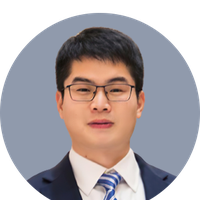Computer & electronics hardware
Jiazhong Hu
A new method of laser cooling that can directly cool the atoms into Bose-Einstein condensates.

China
Zongyin Yang
Inventing the world's smallest spectrometer and the widest wavelength tunable nanolasers.

MENA
Yasmin Al-Halawani
Efficient data compression via novel brain-inspired hardware platform

Asia Pacific
Lim Jian Wei Mark
From underground to space, he deploys plasma sources to address the challenges of this generation and the generations to follow.

China
Cheng Wang
Achieving high-performance, small-size, low-cost, and low-power optical interconnection with a thin-film LiNbO3 platform.
